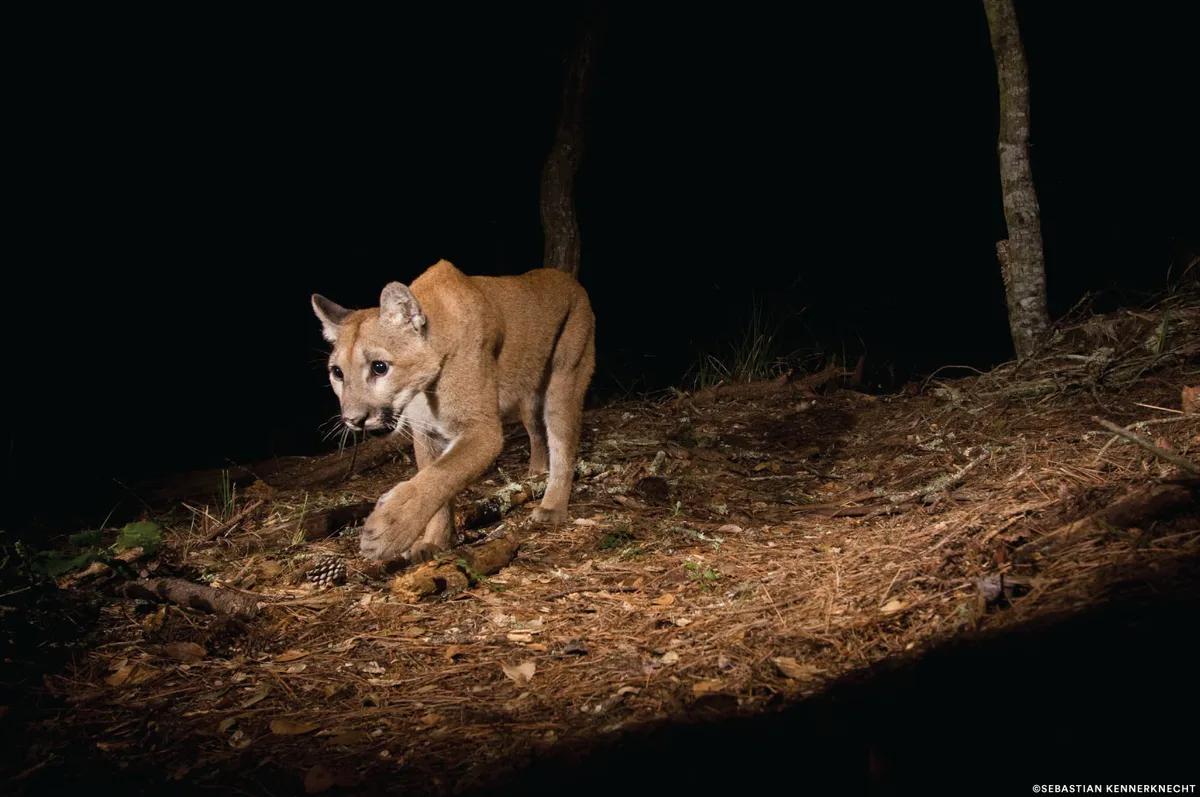Published in the journal Conservation Science and Practice, the study suggests that current puma hunting strategies that are designed to protect mule deer are doing more harm than good.
The study examined why pumas forage different prey and linked the results to the effects of legal hunting.
Age was the main factor influencing puma prey choice, with older cats feeding on larger elk and younger pumas preying on smaller and more manageable mule deer.
Driven mostly by the interests of hunters, states have adopted strategies allowing legal or trophy hunting of pumas, in part to protect and grow mule deer populations for hunters to then target.

However, puma research has shown that heavy hunting pressure often reduces the average age of pumas in a population, rather than decreasing the number of cats, as hunters target older and bigger trophy animals.
This means that there are more younger pumas which preferentially target mule deer, therefore stopping their numbers from increasing.

“This research demonstrates it’s time we take a harder look at the potential unintended consequences of heavy puma hunting, and the cascading effects it has on biodiversity,” says Dr Mark Elbroch, lead author of the study and Puma Program Director for Panthera.
Co-author Dr Howard Quigley adds: “Our hope is that this research helps to effect change to scientifically questionable policies to one that takes a more holistic approach, effectively conserving wildlife populations in a more natural way.”

Read the paper in the journal Conservation Science and Practice.
